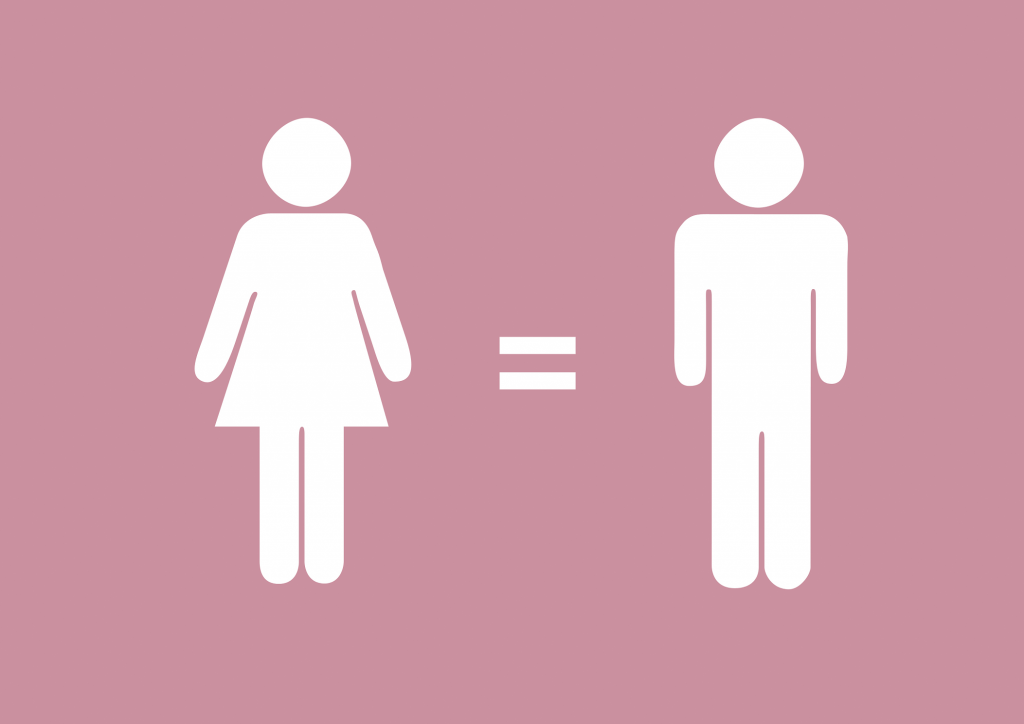
Over the years, many indices have been developed to capture various dimensions of human development to identify groups falling behind in human progress and to monitor the distribution of human development.
In 2010, United Nations Development Programme (UNDP) launched three indices to monitor poverty, inequality and gender empowerment across multiple human development dimensions: the Multidimensional Poverty Index (MPI), the Inequality-adjusted Human Development Index (IHDI) and the Gender Inequality Index (GII). In 2014, the Gender Development Index (GDI) was introduced.
The disadvantages facing women and girls are a major source of inequality and one of the greatest barriers to human progress. The GDI and GII, both composite indices, capture the disparities between men and women.
GDI reports female and male achievements in the basic dimensions of human development. According to recently published Human Development Report 2018, the average HDI value for women worldwide (0.705) is 5.9 per cent lower than that for men (0.749).
The gender gap is widest in low human development countries, where the average HDI value is 13.8 per cent lower for women than for men. Among developing regions, the gender gap is the narrowest in Latin America and the Caribbean (2.3 per cent) and widest in South Asia (16.3 per cent) and the Arab states (14.5 per cent).
GII captures inequalities women face in reproductive health, education, political representation and the labour market. The higher the GII is, greater is gender inequality — which occurs in all countries. The global GII value in 2017 was 0.441.
Among developing regions, the GII value ranges from 0.270 for Europe and Central Asia to 0.531 for Arab States to 0.569 in sub-Saharan Africa. The value for OECD countries is 0.186. A lifecycle perspective that identifies when interventions are particularly important can help understand and address disparities between men and women.
While primary and secondary education enrolment indicates that gender gaps in formative years are closing, the same in adulthood remains high. Women hold only 23.5 per cent of seats in parliament, and unemployment rates among women are high just as labour force participation rates are low. Yet women provide the most unpaid care at home — limiting their choices in paid work.
While primary and secondary education enrolment indicates that gender gaps in formative years are closing, the same in adulthood remains high
The gender gap is also wide among aged men and women. The lack of women’s empowerment is a critical aspect of gender inequality. While many barriers to empowerment exist, girls and women are especially vulnerable to deprivations of physical integrity. Some 31.7 per cent of women in South Asia, 31.5 per cent in sub-Saharan Africa and 26.3 per cent in Europe and Central Asia have experienced intimate partner violence.
At the global level, data are available only for about half the countries. In low human development countries 39 per cent of women aged 20–24 were married before they turned 18. Childhood marriage determines their way of life and — more often than not — undermines their opportunities for education, income and independence.
High adolescent birth rates also undermine young women’s opportunities, especially when pregnancies are by chance and not choice. Worldwide, the adolescent birth rate is 44 per 1,000 women aged 15–19 and highest in sub-Saharan Africa, at 101.3.
Deep imbalances in women’s opportunities and choices stem from inequalities in income but also in education, health, voice, access to technology and exposure to shocks. Gender gaps reflect unequal opportunity in access to education, health, employment, credit and natural resources due to gender, group identity, income disparities and location.
Gender inequality is not only normatively wrong; it is also dangerous. It can fuel extremism and undermine support for inclusive and sustainable development.
Every human being counts, and every human life is equally valuable. Universalism is at the core of the human development concept. With the 2030 Agenda for Sustainable Development, the Sustainable Development Goals and the promises to leave no one behind, this universal perspective is more critical than ever, particularly in a world that is increasingly unequal, unstable and unsustainable.
The writer is an economist.
